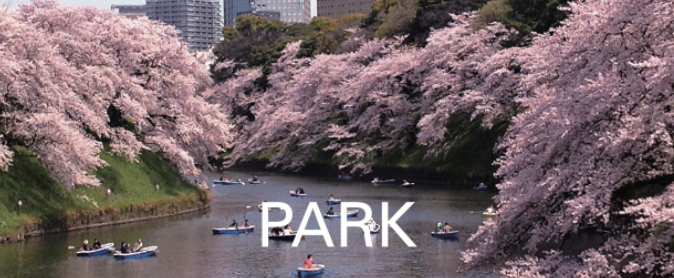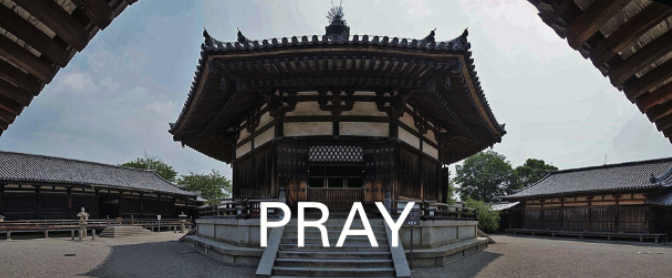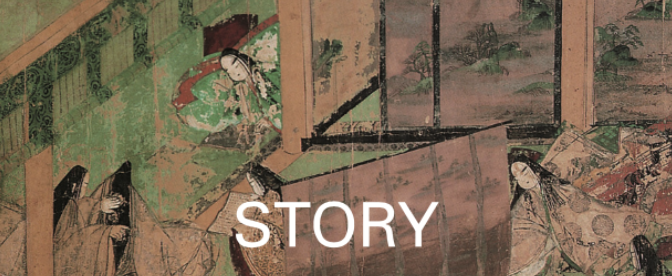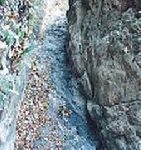
In 708, Natural Copper “Nigiakagane” from Wado mountain at Kuroya Chichibu City, was offered to the Imperial court. Natural copper does not require refining. Two fault lines, exceeding 100m, are what remains of the open the former mining site.
This museum exhibits more than 350 ores related to “Nigiakagane”, throughout Japan, East Asia and the United States.
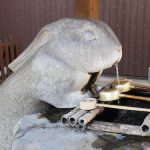
This shrine has sculptures of rabbits in the shrine building and stone rabbit statues at the at the entrance to the precincts. They are believed to be Kamisamano Otsukai, Divine servants. Tuski means an offering.
The prototype of this shrine is a group of warehouses that collected rice and special products for offering to Ise Jingu in Mie, to pray for the prosperity of the Imperial family, the peace of the world, and the huge harvest, in ancient time.
Tsuki also sounds the same as the moon in Japanese. Around 1500, in the Muromachi period, this shrine was worshiped as the shrine of the Moon God, which led to the belief in the moon. And Japanese people have believed that rabbits live on the moon.
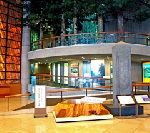
This museum has a permanent exhibition of the history of Tochigi Prefecture from the geological age to the present day, and introduces the thick connection between the Yamato Imperial Court and Kuni no Miyatsuko, regional administrator, in Shimotsuke Province, Tochigi, with excavated items which occurred the restoration of Zenden, front palace, in Shimotsuke Province office.
Shimotsuke no Komaro, a government officer during the Asuka period (550 -710), was one of the compilers of the aiho Code in 701 in the Ritsuryo system, a system of centralized government based on Ritsu, a criminal code and Ryo, an administrative code, who received the trust from Fujiwara no Fuhito (659 – 720), a powerful member of the Imperial court, and the father of Empress Komyo: the consort of Emperor Shomu (701 – 756).
Along the trust, one of Three Kaidanin, the original ordination halls for priests in Japan established in 754, by Ganjin (688 – 763), a Chinese monk who helped to propagate Buddhism in Japan, was established at Yakushiji Temple in Shimotsuke Province, Tochigi is just like Todaiji Temple in Nara, and Kanzeonji Temple in Dazaifu, Fukuoka.
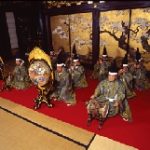
It is said that Emperor Shunde secretly escaped and lived hiding in Mt. Funagatayama, Yamagata. He was exiled to Sado Island, from Kyoto. Obanazawa had long been connected to Kyoto through mines and has had cultural exchanges. This Gagaku, Japanese court music, is performed at Saitansai, a ritual to celebrate the New Year, held in the Imperial Palace, at Suwajinja shrine in Obanazawa City. It conveys the elegance of the Imperial court in Kyoto in the present day. It is now dedicated with the shrine maiden dance.
The nearby Ginzan Onsen, hot spring, is a hot spring town with Taisho Romanticism style, before the Kanto Great Earthquake in 1923. You can feel relaxed in the atmosphere of an old-time hot spring town.




